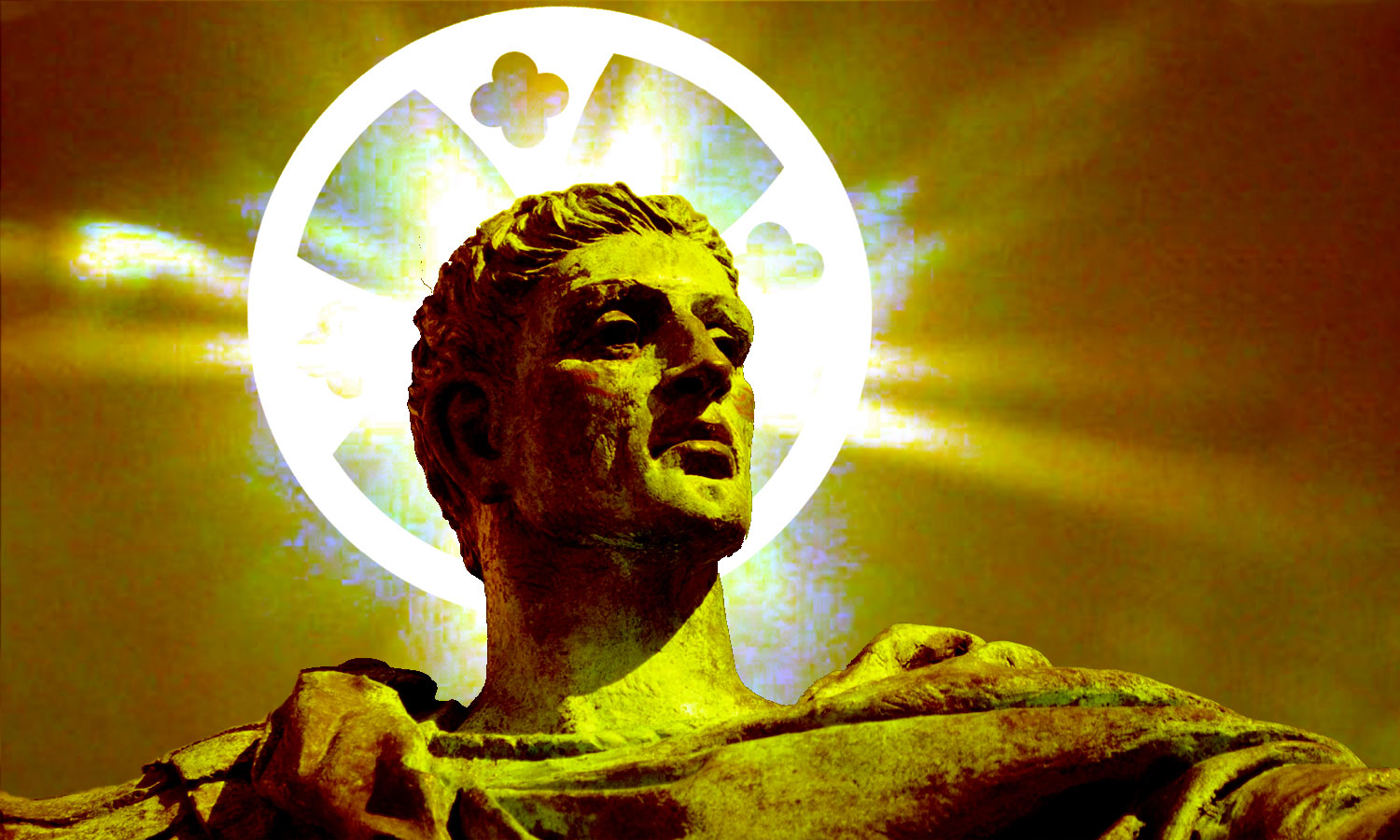
I had a real dream. Dressed in a white robe, I was wandering around the imperial city of Byzantium. Constantine the Great appeared to me. Master of the Roman empire, he built his new capital at the gates of Asia. It is said that he allowed the rise of Christianity. But which one? And how did he do it?
Imperial Procession
During my travels on the timeline, I land this time in the beautiful and great city of Byzantium. I chose the date of this time travel: 329 of the common era, under the reign of the emperor Constantine. I landed in a grove some distance from the city centre, on a hill. It takes just a few steps to reach the first houses. People are already crowding around me. And as I cross the cobblestones of the high street, this is what I wanted to see. The crowd of walkers moves away to let the imperial procession pass. I see the emperor dressed in purple and gold, sitting on a quadriga and blessing the people who throw him! deafening hail.
What a contrast with the ridiculous and degrading parade of the next day! But patience. Even if there is no time in the astral, tomorrow is another day yet. Let us stay in the moment.
Constantine is not only the first character of the greatest empire, a living god faces me. I am before him, yet I am invisible. My body is made spectral in every age that is not mine. My time travel is in the astral, another plane of reality that remains imperceptible to the living around me, well anchored in their fourth century — for them the eleventh century AUC. Ab Urbe Condita, ie from the founding of the city (of Rome).
A new god
Moved by the superhuman allure of this great man, I take altitude and sit on a cloud, away from the noisy crowd.
Constantine I, alias Constantine the Great, was Roman emperor from 306 to 337 AD. Realizing that the Roman Empire was too large for one man to rule adequately, Emperor Diocletian (284-305 AD) divided the empire into two, creating a tetrarchy or four-party government. While he was running the east from Nicomédie as “August” with Galerius as “Caesar”, Maximian and Constance Chlore were running the west. Constantine’s son, Constantine, would one day defeat all the pretenders to the throne and reunify the divided empire, leaving old Rome for a new eastern capital, which would one day bear its name, Constantinople. (world history)
Constantine I is considered the most important of the Roman emperors after Caesar and Augustus however. If Suetonius does not speak of it in his Life of the twelve Caesars, this gap is justified. Major reason: Constantine was born two centuries after Suetonius. And then Constantine is not a Caesar, he never wore the title. He thinks himself greater. Julius Caesar inspired terror to his people, Constantine strives to inspire love… for his own profit.
Rome is no longer in Rome. The times are not the same. Since Caesar, everything has changed. In my cloud, the great figure I contemplate is the opposite of the warrior brutality of the hero of the Gallic Wars, far from the contempt that Caesar showed to the Senate and the people of Rome by ordering his legions to cross the Rubicon. O scandal! Violation of taboo, Caesar entered the city followed by his troops in arms!
Victor of the usurper Maxentius and savior of Rome, Constantine could have been content to be the warlord who restored the divided empire. He thinks of himself as the one god. A god who protects. A god of love.

His main title of glory is to have exploded the popularity of Christianity by naming it state religion. It is very right, but there is a hiatus: of which Christianity are we talking?
After the advent of his Christianity, all other gods are abandoned, denied, humiliated, their relics and statues broken, their names shamed, their memory erased, their worship buried. Guess what new god replaces them? Jesus? Hey no. That’s where it gets tough.
There is not only a donkey named Martin, and that’s where the problem is. It is not just Jesus who is called Kristos. My cloud is fading and so is my memory. It’s high time to leave my roost.
Proto-Christianity
I wanted to see the Galata Bridge, but it will take a few centuries. The Golden Horn is not what it will be, we cross it in a boat. It’s a Litter Horn, this vidoir for the sewers that smells of mud and worse. The Christian basilica of Hagia Sophia is already coming out of the ground, but its splendour is yet to come. Pearl of the future Istanbul, Sultanahmet the Blue Mosquesee next pix will be built in the 17th century. Without knowing how, I am on the edge of the Bosphorus and night already falls. I will come back tomorrow.
Christianity has existed since the earliest antiquity, long before the advent of a man named Jesus, whose historical existence is subject to serious reservations. There were indeed an impressive number of prophets dressed in the title of Kristos, or Christus. Mention Orpheus, Apollo, Prometheus, Lugh, Mithra, or the time of the pseudo-Jesus, Apollonius of Tyane. Each of them bore the title of Christ and was honored accordingly. They all became the central figure of a religion or cult.

The Christianity of Aesus
There are two Christianisms: the Catholic, Protestant and Orthodox Christianity on one side, and the Celts on the other. The first, the only one that is agreed to call Christianity, would be better named neo-Christianism. And the second, much earlier, would then be the proto-Christianity, that of Mithra which the Celts call Aesus. Name which sounds like Jesus…
These two Christianisms have common points, but also a major difference, because they work in opposite directions. The proto-Christianity of the Celts aims at the awakening of its followers, the neo-Christianism puts his own to sleep.
Proto-Christianity is usually referred to as the generic name of mystery and savior cults. And Christs cults sounds better! But this title is squatted by Jesus the improbable, whose first name is only pronounced after this title, as if it were his last name. He should be called Ieschoua Bar Iosip. Jesus son of Joseph … Or of Gabriel?
The Chrism
Chrism is a symbol, or rather a sign that neo-Christianism always associates with Jesus. It is a counter-truth and a reprehensible abuse. Just as the title of Christus does not belong to the only Jesus whose historical existence is nothing less than proven, so the chrism is much earlier.
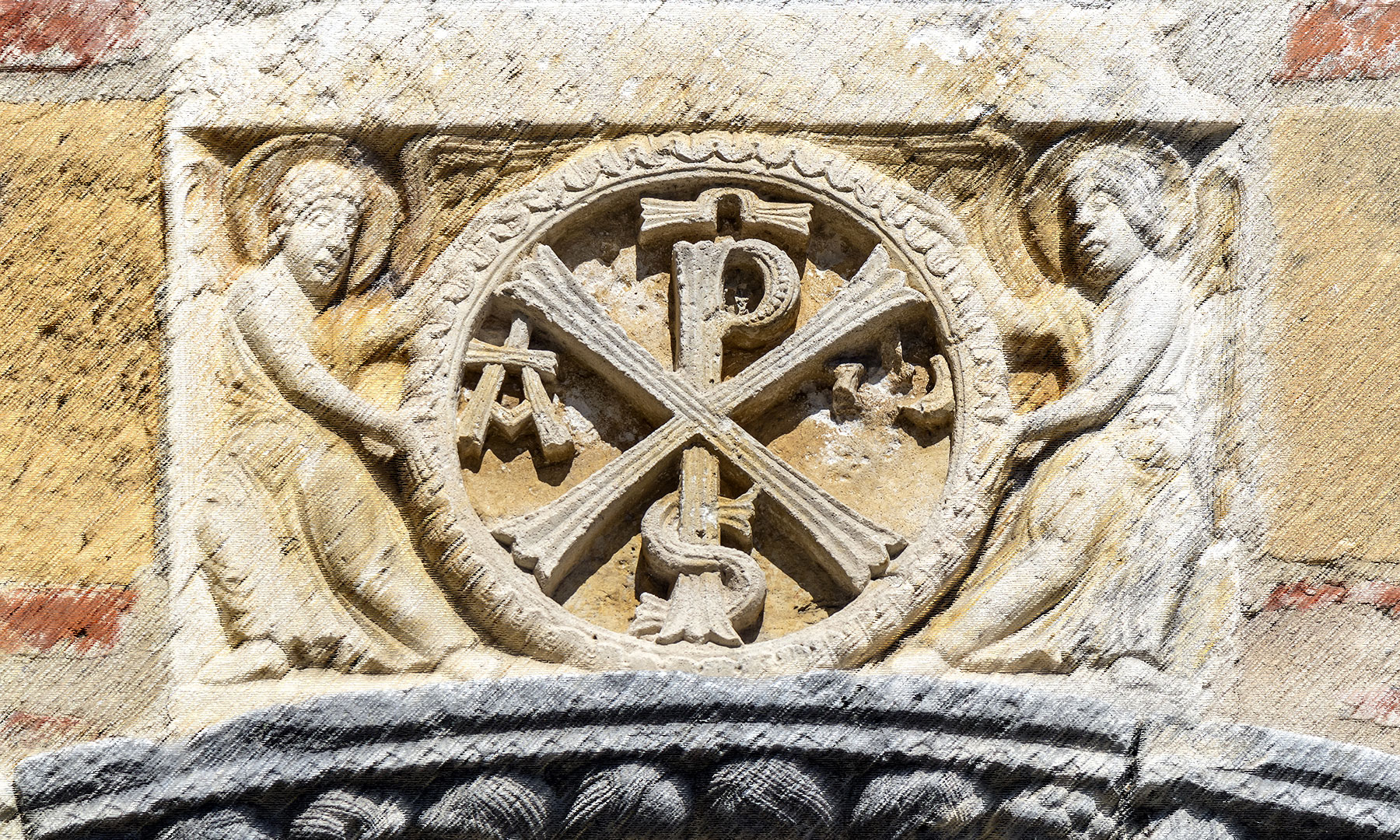
Let’s look at the chrism. Up, the P which does not mean Pax but indicates the north Pole. To be convinced, one only has to look at the foot of the P. There is a very large and clearly legible letter S which indicates the South, of course. I do not know if the priests dared to say that it was the S of Sanctus Christus… They are not close to another buffoonery.
Above the Pole
Actually, this X is a cross. And this cross is perpendicular to the foot of the P, like on a weather vane, as you can see in the picture. This cross, like the Celtic cross, does not speak of the crucified one, but of the four rivers of Hyperborea, which separate the four island-continents. The vertical axis of the letter P is the North Pole. This sign does not mean Pax Christi, nor the first two letters of the Greek word kristos; it is not a monogram but a rebus. The axis indicates the location of Hyperborea, whose name literally means: above the north pole.
Each one his beliefs, and the sacred cows will be well guarded. We ancestors have bought it all. They swallowed snakes with the ease of a snake charmer. It was without the web, without the worldwide dissemination of all the texts formerly locked in libraries strictly protected by the Holy See. Let’s not forget that until the invention of typography around 1440, all writings were copied by copyists. Monks, most often. They copied in their convent what the superior told them to copy, omitting and adding what he told them. The control of the Catholic church has been almost total for all this time.
If God exists, atheism must be less insulting for him than religion.
In the following image you will understand how this sign should be read, and how it was read well before Jesus and for centuries by pagan cohorts who remembered the great vessel of the gods before.
I saw it for the first time carved into the stone of a cave similar to Lascaux. It was not Lascaux. I had the chance to visit the original when I was a Scout. Now the public has to be satisfied with a Kodak copy.
In another cave, around 10,000 B.C., artists are busy. Prehistoric men are dressed like you and me. Especially like me.
They don’t care. What ineptitude to call them prehistoric! They also do not care. But they paint like gods! What to embarrass Picasso.
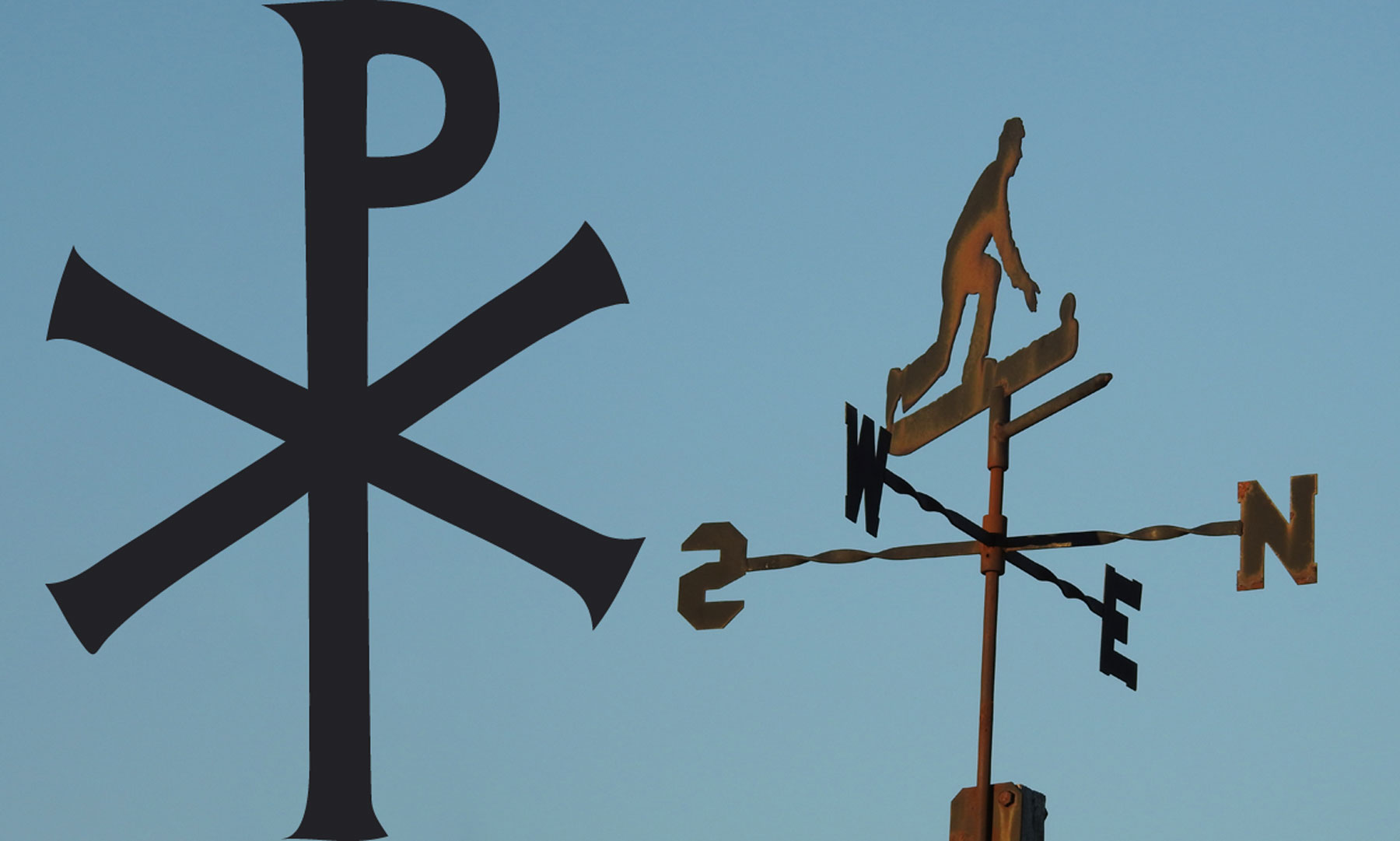
I have seen times. I have lived countries! My favorite remains Hyperborea. It is a place, it is an era. Happy rest place in the sky. I’m not welcome there. Even invisible, even ghostly, you can’t escape the detection of divine radars. I get screwed every time. But I’m going back, it’s hard for me.
Jupiter, in Latin Juppiter or Iuppiter, is the Roman god who rules the earth and the sky, as well as all living beings. Master of the other gods, he is originally a god from heaven. (wikip) Or to better say, from Hyperborea, where the Greek relocated Mount Olympus in Greece. Hindus call it Mount Meru, which they have been honest enough not to relocate to India.
Mount Meru, they say, is at the North Pole. We know that there can be no mount on the ice. Mount Meru, like Mount Olympus, is above the North Pole. That’s exactly what Hyperborea means: above the North Pole.
Sol Invictus
– In 324 or 1078 AUCab urbe condita, after the founding of Rome Constantine sets up his capital in the East in the city of Byzantium, which was renamed Constantinople.
– In 325 or 1079 AUC the council of Nicaea takes place.
According to tradition, at the end of this council, Constantine and his new church (from the Latin ecclesia = assembly) assimilated the monotheistic principles of the Manicheans and the Christians to the cult of Sol Invictus and created the new religion (from the Latin religio = respect, worship, veneration). Not that of Jesus but that of the Christ-Emperor, son of the one god.
“The Christian religion became Christianized and thus became a Greek religion, o christianismos, that is to say a cult of Constantine, the only representative of the One God in his Empire in the process of unification.
It reminded scholars of the cult to the glory of Alexander the Great.” (source)According to the site «Critical history of Roman Christianity».
In fact the Council of Nicaea, that is to say the assembly of the Emperor, establishes the new official dogma of the empire: the cult of Christ-Emperor in replacement of that of Mithra Sol Invictus.
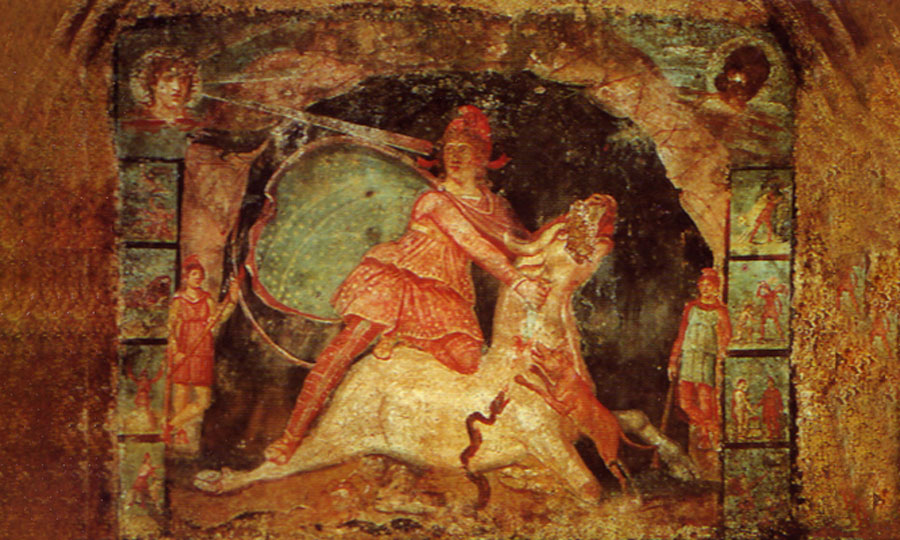
Houses of the Emperor
The construction of basilicas, the houses of the Emperor dedicated to Christ, but also serving as a court, place of commerce, walks, assembly, etc. are multiplying throughout the empire. One curiosity to note: Eusebius of Caesarea, through his “Life of Constantine” contributed greatly to the deification of him who until the end of the Roman period of the Middle Ages (12th century) was honored by the faithful as the founder of the Catholic Church.
Many Romanesque churches, in Poitou Charente, Alpes de Provence etc., carry above their porches or in front of the narthex, through which the crowds circulated, imposing equestrian statues called “Constantines”. (source)the site “Critical History of Roman Christianity” Constantine would thus be honoured by the Christian Church for nearly 800 years!
Is it not rather obvious that the Romanesque churches were dedicated to Constantine because they were built at his time?”
More here
Indeed, it is common sense. And when we see these large equestrian statues on the porches of churches and cathedrals, we are surprised not to find those of Jesus. One is entitled to ask if Constantine was not the Christ himself? He would have taken for the Savior, this character always present in the mystery cults.
I have known the mysteries of wood and the holes of worship! Behold, without going so far, in the temple of Lanleff dedicated to Esus Mithra. Circular and high vibratory rate — which is very rare for the Gallo-Roman period. The future initiates were crowded in large numbers as Beltaine approached. With the light that is coming from who knows where. Magnificent!
This Jesus, someone invented it from scratch by borrowing elements here or there, in the so-called pagan religions of Europe, the Middle East, Africa, the Far East. I do not believe that it is Constantine who was content to dethrone Mithra and replace Sol Invictus with Christianity, the cult of the savior.
Whether the invention of Jesus dates from Constantine Christ or is closer to us, it does remain a pure invention, borrowed from one end to the other. Too many details show it, and several serious blunders attest to it. I review them in my articles on the Jesus case. See links below.

By this sign you will overcome
28 October 312: Battle of the Milvian Bridge – Roman Emperor Constantine defeats his rival Maxentius on the Milvian Bridge, three kilometres from Rome. The legend says that Constantine had a vision of a cross in the sky shortly before the battle where it was written in Greek “en toutô nika”, “triumph by this.” This appearance prompted the monarch to place chrisms on the shields of his soldiers to protect them. The victory against Maxentius comforts him in his idea. From then on, Constantine chooses to defend Christianity.
No, the great emperor does not choose to defend Christianity which was then a cult of mystery close to Sol Invictus. Constantine decides to invent a new version in which he would be the savior, the Christ, the Pope, the living God.
The cross he saw is not that of the crucified. It is the Celtic cross with four equal branches, which represents Hyperborea and its four quarters.
Deification
During the Roman period, the apotheosis was a deification ceremony for living or deceased emperors. (wikip) It is by this typically Roman rite that the eminent emperor Constantine I was thus deified during his lifetime.
In place of the word apotheosis, Christian theologians use the words deification, divinization or the Greek word theosis. Traditional theology sees Jesus Christ as the pre-existing God who takes the condition of mortals, not as a mortal who has attained divinity. The goal of a Christian is his deification (theosis). This is possible because he is made in the image of God and therefore he can become like God. (wikip)
Yes, but he does not succeed. Only the renunciation of ego allows awakening. Deification has nothing to do with the cult of mystery of Isis the awakened. It’s just a title. Well, he is who trusts it. A simple honorary title. But Constantin goes off the rails. He does indeed take himself for Bel.
The traditional Roman religion generally made a distinction between a deus (god) and a divus or diva, it is one or a divinized mortal. (wikip) This distinction is hardly justified, since the gods are mortal as we are, like everything that lives. But the Romans did not know it. And today, many people still do not know it.

Constantine and his double
This custom was known in Rome, many emperors had used it before him. The genius of Constantine is to have invented a beautiful holy story in which he was the main character, with snippets stitched without scruples to lots of other stories more or less mythological, but certainly more historical than the story of Jesus. He took the place of the most famous Savior at that time, the god Mithra. Christianity before Constantine was centered around this god.
The next day, the parade I attended in the beautiful city of Constantine was like a sinister masquerade. Here is the emperor who comes in a guenille followed by a slave who pretends to whip him with peacock feathers! And the crowd closely framed by its legionaries pretends to lament, imploring mercy for Christ Constantine. May the whip fall back on our shoulders and those of our children! cried the extras in tears.
The custom of the weeping women was already practiced in dynastic Egypt. Constantin pretends to stumble, he takes his feet in his dirty and torn toga, covered with the blood of a sheep no doubt. Around his head, a crown of thorn replaced his usual laurel wreath. And he is caressed by his slave as the crowd cries to stop this undeserved torture. Ignoble comedy. All that this silly emperor deserves, are real lashes.
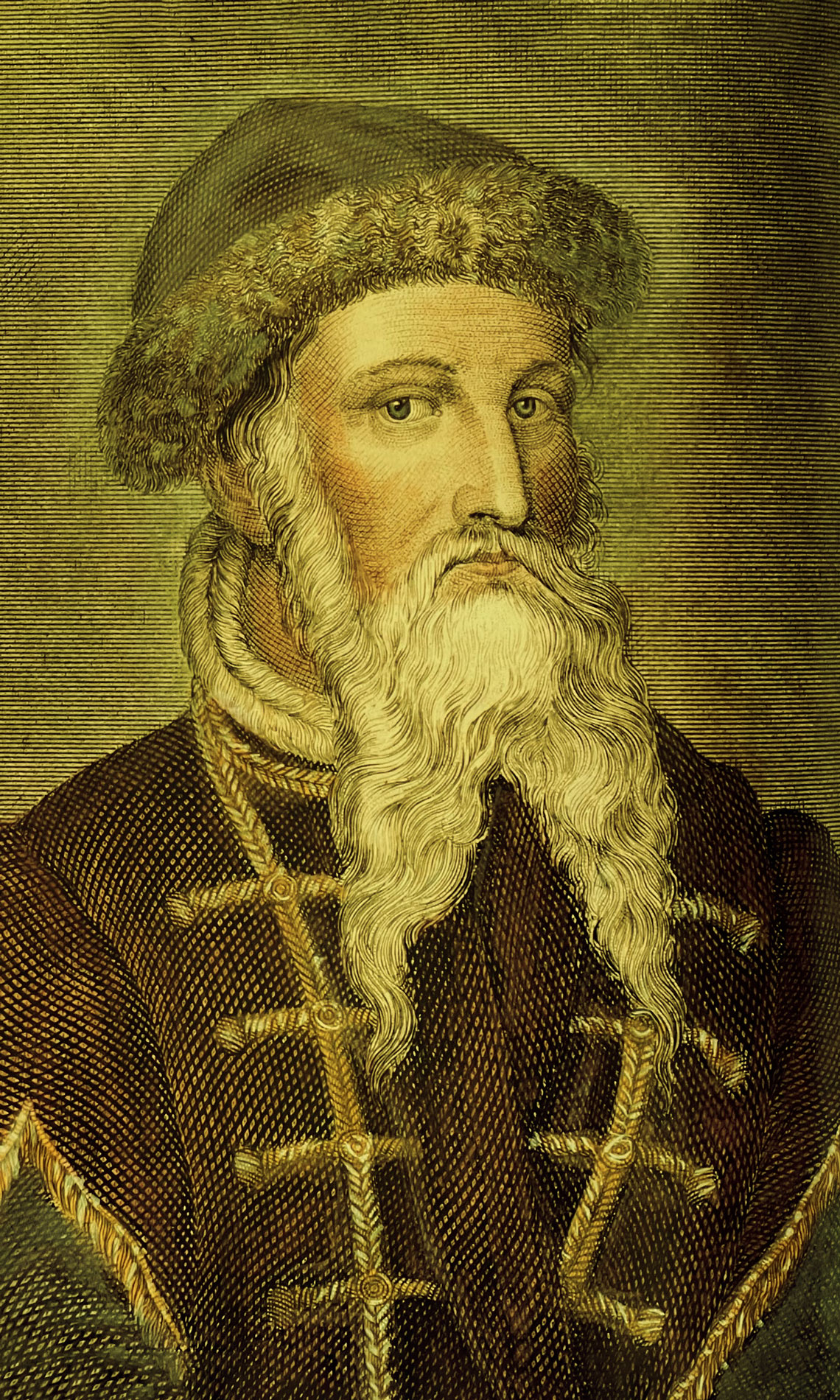 These real lashes are indeed given, but on other recipients. The crowd must kneel to the passage of the humiliated emperor, and those who do not complain loudly enough are whipped not with feathers but with studded ropes. So they cry for something.
These real lashes are indeed given, but on other recipients. The crowd must kneel to the passage of the humiliated emperor, and those who do not complain loudly enough are whipped not with feathers but with studded ropes. So they cry for something.
Gutenberg changes the game
I affirm that the cross of Chrism has nothing to do with the cross of Calvary. I also affirm that Constantine did not have to invent Jesus the Hebrew. This fictional character came much later, when Constantine the Roman was forgotten by peoples who had nothing left of Roman and kept a very bad memory of their ancestors subject to the whims of the Empire.
As soon as Jesus was invented, thousands of servile monks began to calligraph a new version of Christianity.see below This one has survived since Gutenberg invented the printing press. The printing age marked the end of ecclesiastical rigging.
Thank you dear Gutenberg. Good mountain, in German. Too difficult to climb by the priests. The first book that came out of his press is also the Holy Bible in Latin, according to the vulgate. It is called the Gutenberg Bible or B42 because the pages had 42 lines.
We have only about fifty copies, oh how precious.

The all-powerful Church
All the pieces of the puzzle are now assembled. The Christ figure that this puzzle shows us is not the one, totally imaginary, of a Jesus who did not exist. The first Christ of the new Christianity was a Roman emperor. Millions of people still worship him without their knowledge. And in the churches they kneel before him.
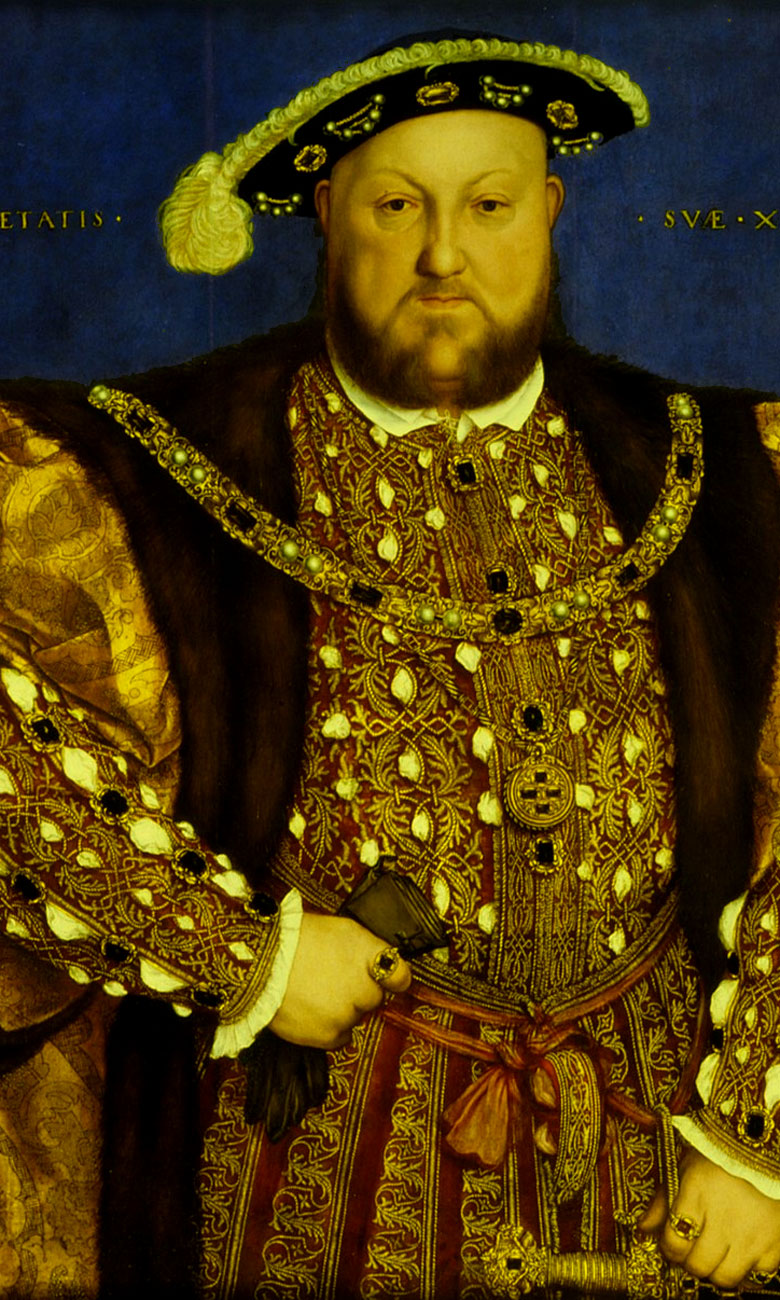 Clearly, we are still living under the rule of Rome in many ways. Henry VIII understood this very well when he founded the Anglican religion, a Catholicism without Rome. Since then, the Anglican Pope has been the monarch of the United Kingdom.
Clearly, we are still living under the rule of Rome in many ways. Henry VIII understood this very well when he founded the Anglican religion, a Catholicism without Rome. Since then, the Anglican Pope has been the monarch of the United Kingdom.
I understand that this demonstration may shock those who still care about this (too) beautiful story. It’s time to grow up. The truth is not good to hear, many died for having said it.
The concordance of all the writings attesting to the existence, holiness and divinity of Jesus may be objected to. But this concordance is an illusion.
The copyist monks
Before Gutemberg and the invention of printing, books were hand-calligraphed by armies of copyist monks whose main activity was this. The superior of the monastery had a good game dictating what they should write. And the few reluctant monks were tortured by inquisitors, thrown in the butts of low pits, or strangled by the executioner of the place.
The monasteries were used as town halls, prefectures, police stations, courts and even as places for public strikes. The monks were city sergeants, hawkers, tax collectors for the denier of the cult, informers, secret agents, etc. In fact they cumulated all the functions assigned to educated people.
Obedience was part of their monastic vows. Feet and fists bound by their sacred oath, they were under the orders of the superior father of the monastery, who acted as lord of the village. And when there was a feudal lord, he had to be content with crumbs. In exchange for the title of very Christian lord, he paid an annual tribute of a considerable amount, often paid in land and leases that came to enlarge the property of the monastery.

The law of lies
How can we suppose for a moment that the Roman texts, already lying, were transmitted unharmed? All documents were shredded, stained, distorted, censored, modified, cut and tripped with each new copy.
One need only refer to the beautiful book by Italian scholar Umberto Eco, Il nome della Rosa, from which film adaptations have been made. Eco shows how fragile the truth was, and how lying and cheating were widespread in these all-powerful monasteries.
All professions depended on the generosity of the church. Still had to show white paw, pledge allegiance, all swallow even the most gross lies. Confession was a relentless weapon to penetrate the best kept secrets. It is however a malicious invention of which we will find no trace in the Bible or the gospels. The torture of the Holy Inquisition is not included either…
It is the same in all religions. These demonic inventions have only one purpose: to divert the righteous man from a path of honor and goodness. Religions do not connect us as their name suggests, they separate us and increase hatred. Admitting it should be enough to turn away from them.

Admirable mythologies
Only the ignorance and naivety of believers can establish the current religions, infinitely less useful for spiritual elevation and true knowledge than were the old religions, that of the Druids, that of the Vedas, that of pagan practices, that of animism.
Sources of undisguised truths, mythologies have been the subject of a vast undertaking of systematic denigration. Ridiculed, mocked by a very ignorant and unscrupulous elite, the masses have turned away from their ancient wisdom. Far above the religions emptied of all substance, there is only one planetary god, money. Gold. Material goods. Where is the Spirit in this? What becomes of the greatness of soul? What becomes of the soul itself?
Launched into a flight forward to the abyss of the tomb, what will we say when death takes us in this rat race? Too late to realize that a shroud has no pockets.
I am the Voice that cries in the desert: “Ice cream! Cold drink!”
Decidedly, this astral journey has nothing to amaze me. I return to my time which seems very sad and without momentum. The fault, no doubt, to all the robbers who claim to save us. Impossible to name them all, the false elected abound.

In addition to this article, do not miss to read Christ Imperator Constantine
To go further
The Jesus Case

-
-
- Another Side of Jesus
- Damn Magicians
- Unlikely Jesus
- Another Side of Virgin Mary
- The Origin of the Cross
- Chrism Unveiled
- Two Christianities
- What Middle Ages?
- Seven Fake Centuries
- Jesus of Avignon
- Jesus And His Models
- Christianism and Mithraism
- Enoch And Jesus
- Esus Christus
- Osiris And Jesus
- Dionysus Son Of God
- Double Dionysus
- Orpheus Christ
- Beneath The Holy Grail
- The Apocalypse Of Zacchaeus
- The Hidden Agenda Of Zacchaeus
- Simon The Magician
-

Roman Empire


